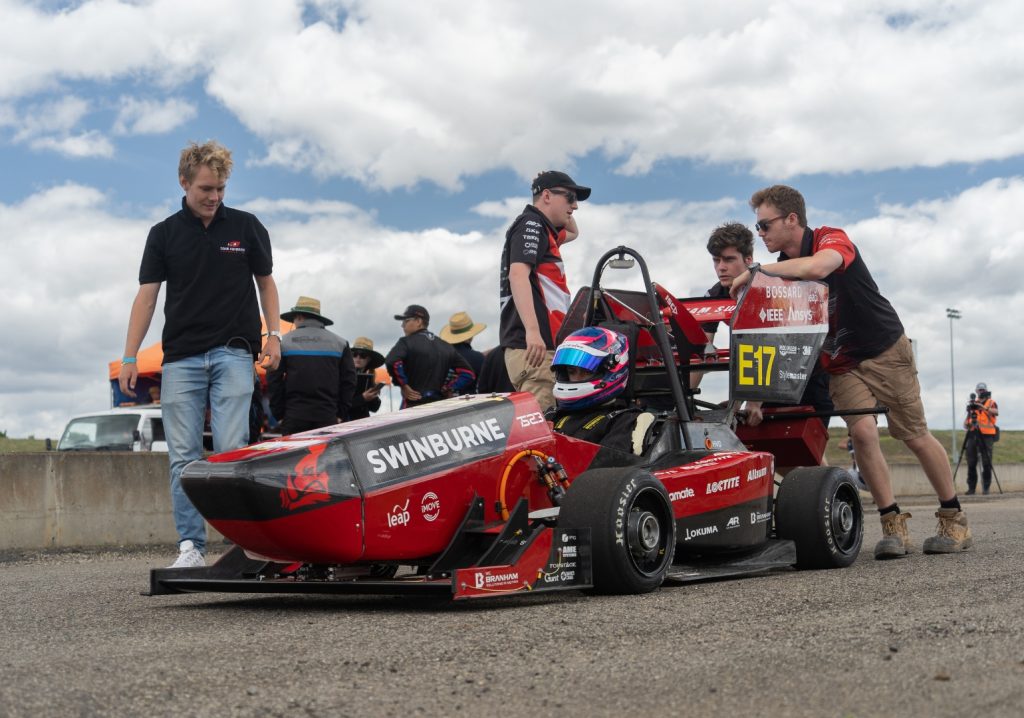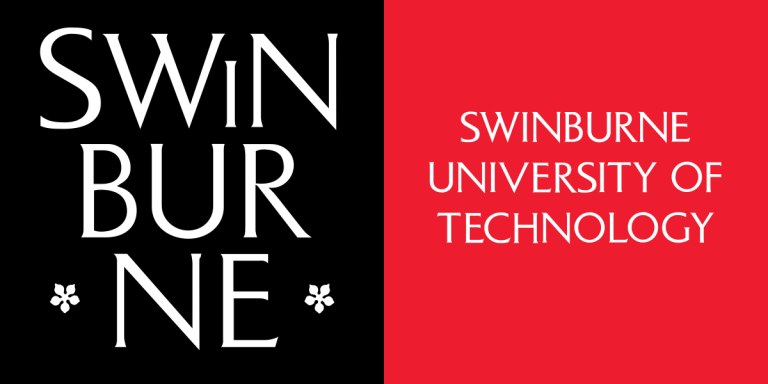How the next generation of automotive engineers are honing their skills with the next generation of electric and autonomous vehicle technology.
This year celebrates the silver jubilee of Team Swinburne. For the past 25 years, Swinburne University of Technology students have designed, built, and raced formula-style cars to compete in the Formula Society of Automotive Engineers Australasia (FSAE-A) student competition in Australia.
The technology has evolved since the competition began with all combustion vehicles in the United States in 1981.
The event has since expanded both in scale and ingenuity across more than 24 countries in Europe, Asia and South America. In 1999, Swinburne representatives visiting the competition in the US were inspired to develop a local version with global participants, launching Formula SAE Australasia officially a year later with 10 teams.
“When we started, it was all about internal combustion engines,” says Ambarish Kulkarni, Associate Professor and Director of Swinburne’s Vehicle Engineering Team. “But over the years, we’ve transitioned to fully electric and autonomous vehicles, embracing cutting-edge technologies and sustainable engineering practices.”
Pushing technology forward
This evolution mirrors the broader shifts in the automotive industry. In 2011, Swinburne transitioned to fully electric vehicles (EV) for its open-wheeled, single-seater, formula-style cars. The team’s commitment to innovation has paid off, with Swinburne consistently ranking among the top performers in the competition.
In 2022, the 40-strong Swinburne team was the first to successfully run a four-wheel-drive EV in the competition, securing third place overall in their category. This breakthrough showcased the potential of in-wheel motor technology, a focus of Kulkarni’s PhD research.
“In-wheel motors offer significant advantages in terms of energy efficiency and vehicle control,” Kulkarni explains. “By placing the motor directly inside the wheel, we reduce transmission losses and improve overall performance.”
Weighing just 259kg, Swinburne’s latest entry is built around a carbon fibre and honeycomb aluminium chassis and produces more than 1000 Nm of torque and 120 kw of power.
The team is also refining a second vehicle, capable of racing without a driver. The autonomous car uses a Velodyne LiDAR system and onboard ECU to map out the fastest route around a track.
Multidisciplinary team equips students with on-the-job experience
The competition isn’t just about speed and technical prowess. Teams are also evaluated on their business acumen, cost management, and ability to defend their engineering choices.
Laura Blakely, the 2024 team’s business lead, says the competition equips students with on-the-job experience and important skills that help them transition to the workplace. “We’re dealing with big budgets, industry sponsors, and complex project management,” she says. “It’s an incredible learning experience that goes far beyond traditional classroom education.”
Blakely, who is studying a double degree in Science and Arts with majors in physics and philosophy, says the interdisciplinary nature of the team underpins its success. “We have students from engineering, business, media, and even creative arts. This interdisciplinary approach is crucial for our success,” she says.
The team has an annual budget and receives sponsorship from industry partners who recognise the value of investing in the next generation of engineers, business leaders and marketing specialists.
FSAE-A competition helped increase the number of women in automotive engineering
Beyond technological advancements, Swinburne is committed to increasing diversity in STEM fields, particularly in automotive engineering. Kulkarni notes a positive trend across the engineering disciplines and believes the multidisciplinary nature of working on the FSAE-A event will continue to attract more women to the profession.
He says: “We’re seeing more women interested in mechanical and product design engineering. It’s coming up from a low base, but the growth is encouraging.”
The university has placed more women in leadership roles within the team and provided role models for aspiring female engineers. Blakely’s position as business lead is part of this initiative. “I try to be a friendly face in the workshop, encouraging others to join and showing that it’s okay to not have all the answers right away,” she says.
The program continues to lure prospective students, offering hands-on experience, industry connections and an adrenaline rush from pushing the boundaries of automotive technology.
The team’s next challenge will be unveiled at the Institute of Electrical and Electronics Engineers (IEEE) Engineering Informatics Conference 2024, hosted at Swinburne’s Hawthorn campus on November 20-21, 2024. Following this, they will compete at Calder Park from December 5-8, 2024, where their months of hard work and innovation will be put to the test against teams from around the world. The IEEE conference provides a platform to network with industry experts in EV and autonomous vehicles, and it also bridges the gaps between academia and industry.
For more information about Swinburne University of Technology’s FSAE cars and opportunities to sponsor or partner with Team Swinburne, go to https://teamswinburne.org/our-cars/
Team Swinburne’s 2024 FSAE cars will be launched at the 2024 Institute of Electrical and Electronics Engineers (IEEE) Engineering Informatics Conference which will be held at Swinburne University of Technology, Hawthorn campus on 20 – 21 November 2024. Registrations are now open. For more information, go to IEEE Engineering Informatics Conference 2024.

